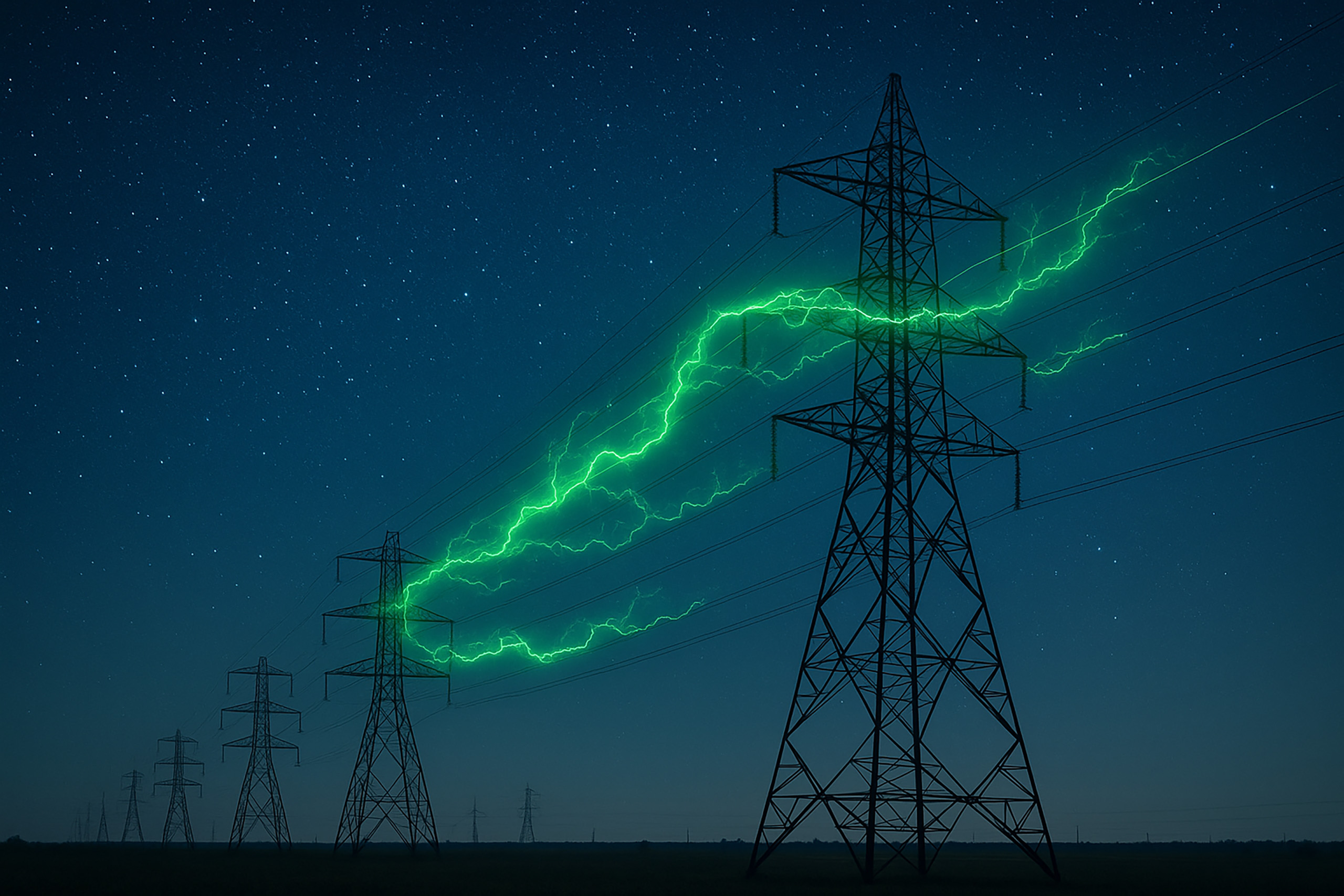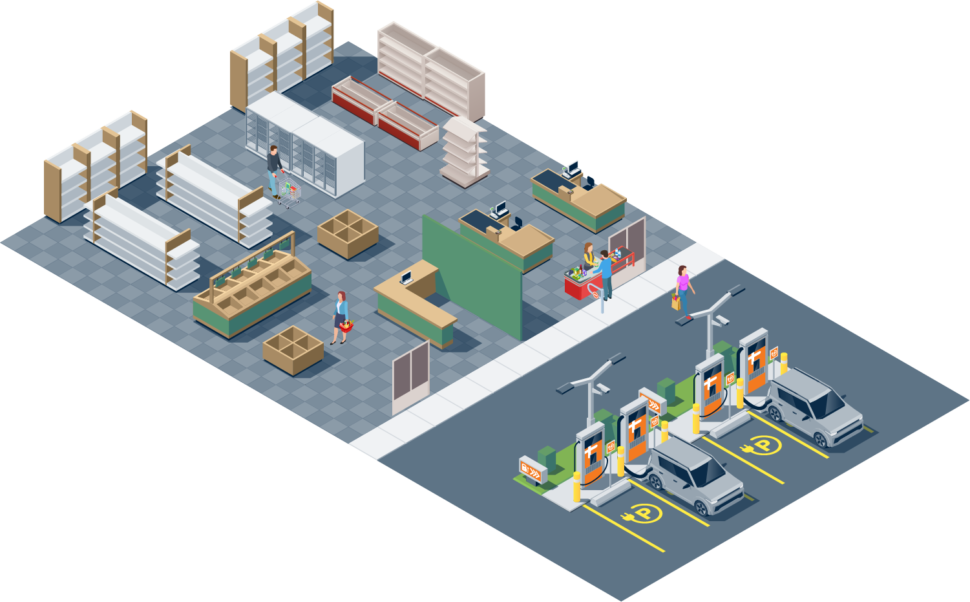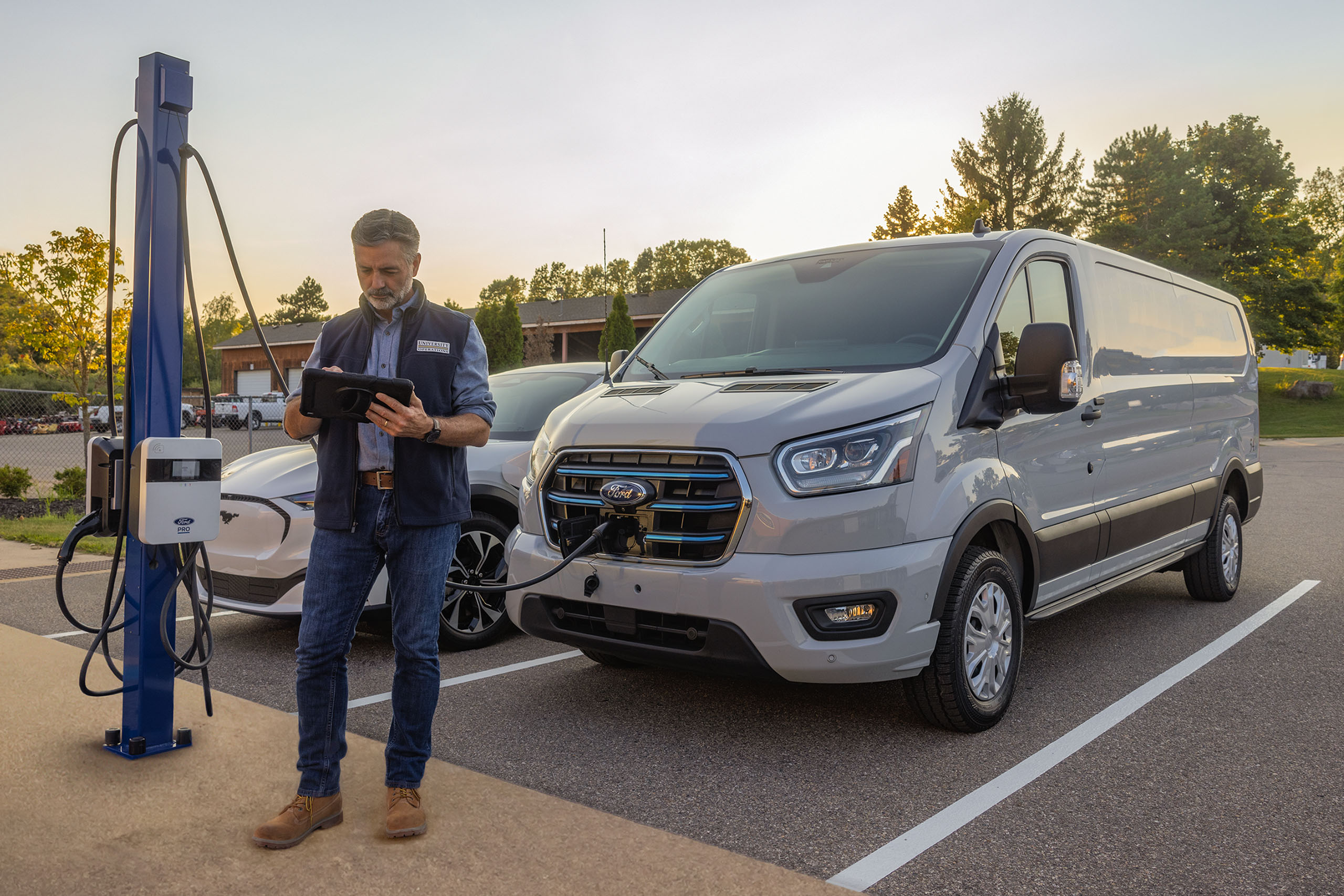

There’s definitely a conversation happening around the conversion of combustible commercial fleets to electric. Increasingly, electric vehicles (EVs) are starting to replace vehicles that use internal combustion engines. Global climate change initiatives are affecting fleet owners, suggesting the future of commercial fleets is EV.

In fact, the federal government could save more than $1 billion by 2030 by replacing light-duty vehicles and buses with EVs, according to a report by Atlas Public Policy. Despite potentially higher upfront costs, the federal fleet will save on total cost of ownership (TCO), the report says. TCO measures cost over the lifetime of the vehicle, including fuel costs and maintenance.
Commercial fleet owners can also take advantage of TCO savings with smart deployment of EVs. Plus, forward-thinking companies build value with customers as well as employees. By electrifying now, you indicate that your business understands that the future of commercial fleets is EV.
Why Move to EVs?
Most automobile manufacturers have committed to halting production of vehicles with internal combustion engines by 2030. That means fleet owners will have to start considering how to integrate EVs now in order to stay relevant.
Regulatory Compliance
The transformation is already happening overseas. In January of 2020, the European Union issued new regulations that set strict emissions standards for new passenger cars and light commercial vehicles. The Chinese government imposed a mandate on automakers that requires them to ensure that 40% of their vehicle sales are EVs.
In the US, some states are already instituting regulations. For instance, in California, by 2030 EVs must account for 90% of miles by ride-hailing vehicle services, such as Uber or Lyft.
Brand Support
Beyond regulatory compliance, a business can turn to electrification of its fleet to help position its brand as forward-thinking. Some businesses might even rebrand altogether in an effort to have consumers see them as more climate aware.
For example, just 13 months after declaring bankruptcy in May of 2020, the rental car company Hertz announced plans to purchase 100,000 Tesla electric cars for its fleet. This purchase of EVs created the largest EV rental fleet in North America, which Hertz is promoting as a showcase of its commitment to sustainability goals.
Available Incentives
To encourage companies to meet environmental objectives, federal, state, and local governments offer numerous rebates, grants, and other financial incentives. At the federal level, EV purchasers can claim up to $7,500 in tax credits.
State incentives vary from state to state. In California, for example, a business can receive up to $4,500 per vehicle as part of the Clean Vehicle Rebate Project. And New York’s Truck Voucher Incentive Program provides discounts to fleets across the state that make the switch from diesel.
To charge your EV fleet, many local utilities offer discounted electric rates as well as significant grants to build infrastructure.
Tax credits and incentives do expire, which is why it’s important to enlist a partner such as Future Energy to help track down and take advantage of incentives in your area to prepare for your electric fleet now.
How Do You Charge Your EV Fleet?
Fleets vary by size, capacity, function, and location. A one-vehicle local business will encounter different challenges than, for example, the 230,000 vehicles in the US Postal Service’s fleet.
Changing the Paradigm
For fleet owners used to the fuel depot model, switching to an EV fleet requires a change of mindset. And because each fleet is different, there is no one standardized way to charge an electric fleet.
Understanding EV Charging Options
There are different types of EV chargers and several ways in which a fleet can use them:
- Home EV charging: Employees who take vehicles home can plug them in like an appliance. Or your business can encourage employees to install level 2 chargers, which charge more quickly but require a 240-volt dedicated circuit.
- En route: Your employees can stop to charge at a level 2 station or at a level 3, direct-current (DC) fast charger. Fast chargers cost more, before incentives, to use but charge a vehicle up to 80% in about a half hour.
- Depot: Just as your fleet might offer gasoline depots to refuel, you can install EV chargers for vehicles that return to home base to charge overnight.
Combining MethodsThe optimization of EV charging combinations can be confusing. A consultant such as Future Energy can help guide your fleet management solutions to manage power consumption and cost.

How Does Your Fleet Manage Power?
Your business needs access to real-time data to proactively monitor its key performance indicators. This data will help support your company as it begins to understand how and why the future of commercial fleets is EV.
Using Data to Measure and Manage
The installation of charging hardware, such as stations and meters, is only part of your EV commercial fleet charging solution. A smart EV charging station includes software that connects the hardware to a network that maximizes the use of data.
Every piece of hardware that Future Energy integrates is connected through a software solution called Interface. Interface connects all of your fleet’s EV charging solutions with the rest of your company’s systems. Interface’s real-time data collection feeds machine learning algorithms that help manage your business’s power consumption. And you can track all electrical use through a visual interface that you can monitor on your mobile devices anywhere.
Fueling On the Go
Unlike gas fueling, which relies on a visual search for a gas station, your smart device interacts with your vehicle. The vehicle warns you ahead of time when your vehicle is running low on power, and it can automatically reserve a station to recharge.
How Can Future Energy Help Electrify Your Fleet?
The successful transition of a commercial fleet to EVs depends upon managing data. Future Energy believes that access to data helps manage your business in real time.
The future of commercial fleets is EV, and your fleet can be at the forefront. Contact Future Energy today to find out how our comprehensive solutions can help you uncover incentives, get ahead of the trend, and build your company’s brand.



